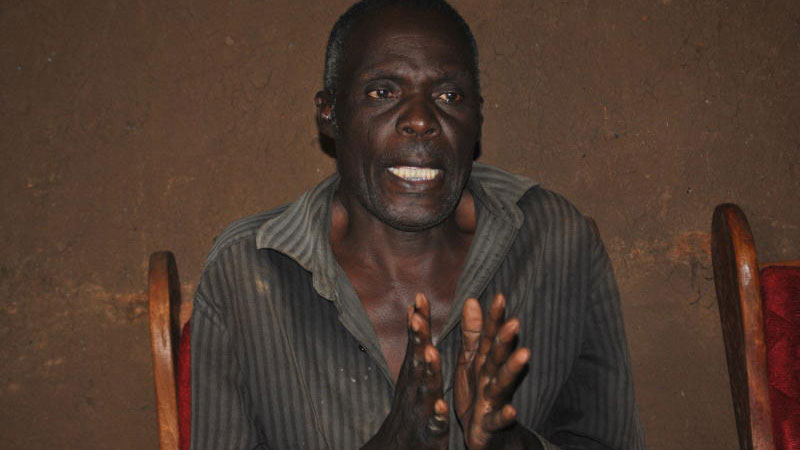×
The Standard e-Paper
Read Offline Anywhere

Members of a clan are in despair after losing more than 30 people in a span of three years to a condition that manifests itself through loss of eye sight, weakening of legs and hands.
The victims of the Bamilonje clan from Khayega location, Shinyalu, Kakamega County, also lose memory before dying prematurely.